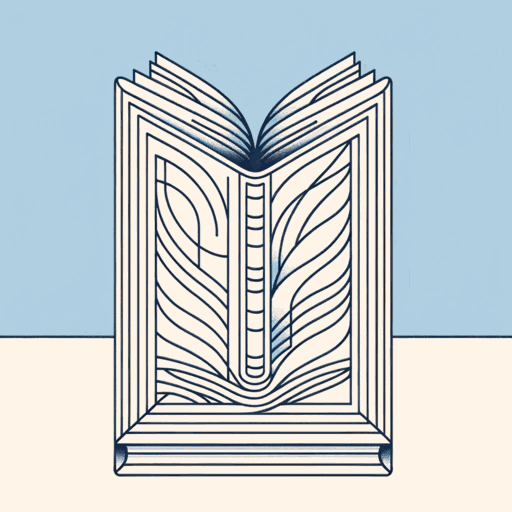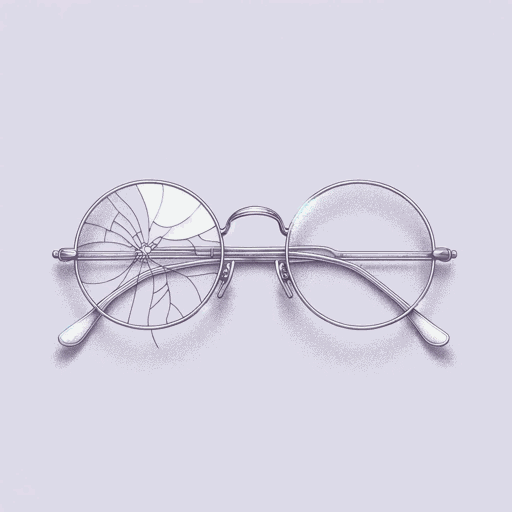45 pages • 1 hour read
Sigmund FreudThe Uncanny
Nonfiction | Essay / Speech | Adult | Published in 1919A modern alternative to SparkNotes and CliffsNotes, SuperSummary offers high-quality Study Guides with detailed chapter summaries and analysis of major themes, characters, and more.
Summary
“Screen Memories”
“The Creative Writer and Daydreaming”
“Family Romances”
Part 1, “Leonardo da Vinci and a Memory of His Childhood”
Part 2, “Leonardo da Vinci and a Memory of His Childhood”
Part 3, “Leonardo da Vinci and a Memory of His Childhood”
Part 4, “Leonardo da Vinci and a Memory of His Childhood”
Part 5, “Leonardo da Vinci and a Memory of His Childhood”
Part 6, “Leonardo da Vinci and a Memory of His Childhood”
Part 1, “The Uncanny”
Part 2, “The Uncanny”
Part 3, “The Uncanny”
Key Figures
Themes
Important Quotes
Essay Topics
Part 2, “The Uncanny”Chapter Summaries & Analyses
Summary: Part 2, “The Uncanny”
In Part 2 of his essay, Freud undertakes a lengthy reading of ETA Hoffmann’s short story “The Sandman,” which he considers an exemplar of uncanny effects. Before he begins his reading, he opens this section of the essay by examining Jentsch’s central example of something uncanny: confusion over “whether a lifeless object might not be in fact animate” (135). For this reason, Jentsch asserts, dolls, automatons, and wax-works often produce uncanny effects in people.
Likewise, insane behavior appears uncanny because of the mechanical processes that lie behind it. Freud takes these examples of uncanniness as a starting point. Jentsch then takes up the theme of Hoffmann’s “The Sandman,” which leaves the reader in doubt he says, as to whether the “figure in the story is a human being or an automaton” (135). Freud’s appraisal of Jentsch’s reading is that his observation is “undoubtedly a correct one” (135). He disagrees with Jentsch though, that Olympia, the lifelike doll, is the locus of the tale’s uncanniness. Instead, Freud claims: “The main theme of the story is […] something which gives its name to the story, and which is always re-introduced at the critical moment: it is the theme of the ‘Sand-Man’ who tears out children’s eyes” (136).
Related Titles
By Sigmund Freud

Civilization And Its Discontents
Sigmund Freud

Moses and Monotheism
Sigmund Freud

On Dreams
Sigmund Freud

The Freud Reader
Sigmund Freud

The Future of an Illusion
Sigmund Freud

The Interpretation of Dreams
Sigmund Freud

Three Essays on the Theory of Sexuality
Sigmund Freud

